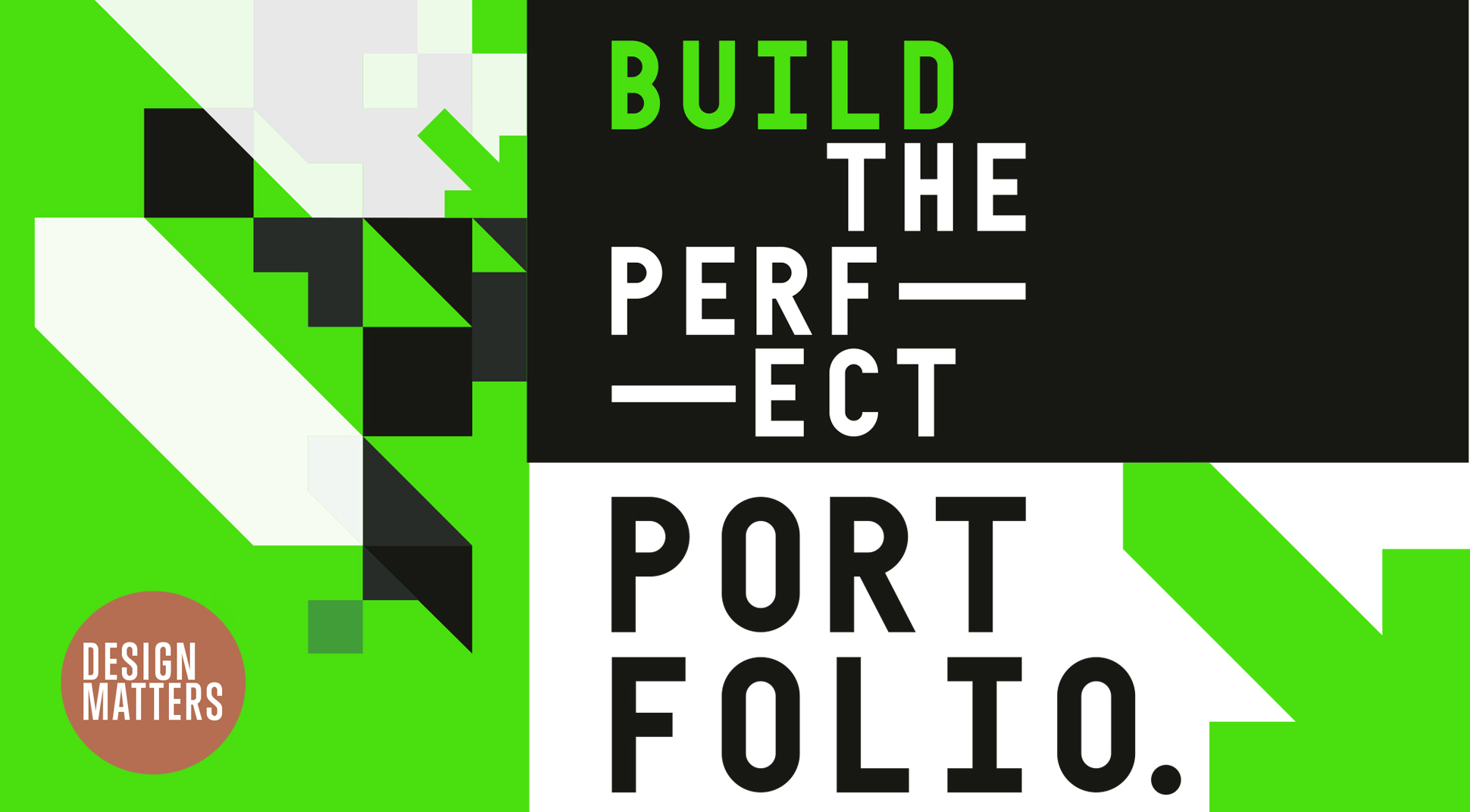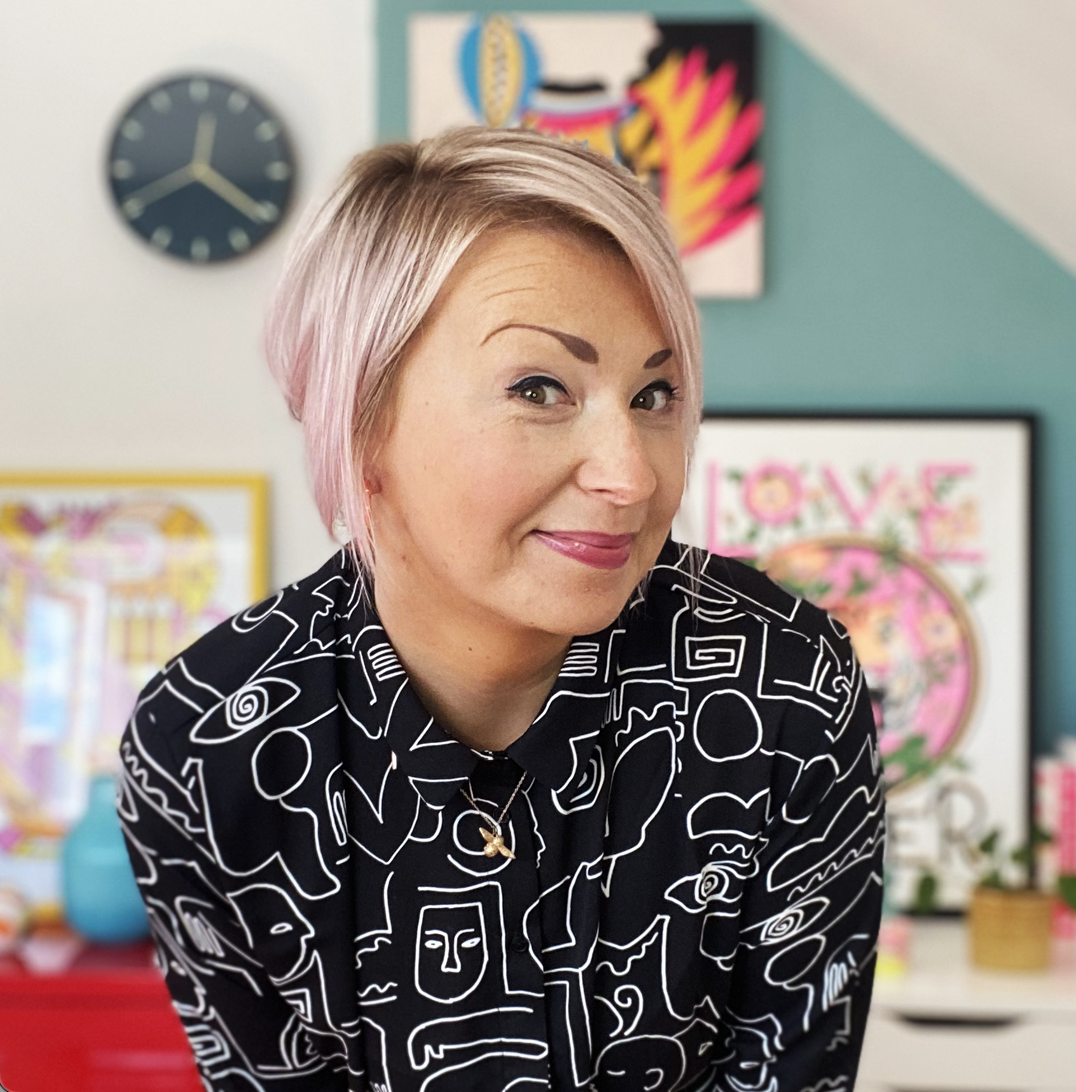4 portfolio tips that junior designers need to know
Here's how junior designers can achieve a better portfolio.

When you're just beginning your design career or are in the early stages, it can be tricky to get your portfolio just right. Perhaps you don't have enough work to create a long pdf of examples, and you may not feel you've contributed enough to a project to include it on your website. But there's no need to panic.
If examples of truly inspiring work – such as these design portfolios – leave you feeling inadequate, what you probably need is some advice tailored to your level. We asked top creatives what they're looking for in a portfolio, and more specifically, what advice they have for junior designers. Read on to discover what they said...
And if you're looking for your next creative role, then don't miss our curated list of design jobs.
01. Use just one project
“If you’re just starting out and finding yourself scraping your archive for materials, I would suggest to profile yourself with just one single project that you feel very strongly about," says Thijs Remie, vice-president of product design at WeTransfer.
"That may be enough to instil trust with the person on the other side of the table, and make them see your potential.”
And it almost goes without saying, that if you don't like your work, don't include it: "Don’t show work that you feel doesn’t represent who you are and what you stand for."
02. Don't rate your skills
“There’s a trend at the moment where people give their skills a rating: Photoshop Skills 8/10, say," says Paul Ray, creative director at Chapter. "Why would I want to employ someone who isn’t amazing at it? It might be that it’s not your strongest skill, but don’t highlight it!”
Get the Creative Bloq Newsletter
Daily design news, reviews, how-tos and more, as picked by the editors.
03. Show commitment to your development
“I value a clear demonstration of talent, intelligence, attitude and a commitment to develop into a great designer," says Remie. "Juniors may have a limited amount of professional working experience, but I expect them to show serious potential and already bring significant abilities to the table that benefit the team from day one. Therefore, they’re expected to fully participate in any debate and let their voice be heard.”
How can you show this through your portfolio? Make sure you highlight the creative input you've had into projects, and make it obvious you were a valuable part of the team.
04. Create a new portfolio every year
“I’ve heard people say that straight out of school you should create a new portfolio each year as you’re establishing and finding your style," says Justin Gabbard, art director at Google Play. "That could be client work interspersed with self-initiated projects, so you aren’t limited by the jobs you’re getting and can highlight your style.”
This article originally appeared in issue 291 of Computer Arts, the world’s leading design magazine. Buy issue 291 or subscribe here.
Read more:

Thank you for reading 5 articles this month* Join now for unlimited access
Enjoy your first month for just £1 / $1 / €1
*Read 5 free articles per month without a subscription

Join now for unlimited access
Try first month for just £1 / $1 / €1

Lisa Hassell is a creative coach and the founder of Inkygoodness – a global community on a mission to connect, inspire, and empower the next generation of artists, illustrators and creative entrepreneurs.
